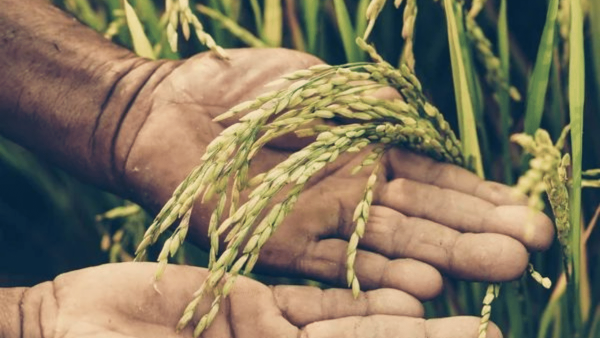
New Delhi: The allocation of the rice for the ethanol production is set to increase as the prospects of the upcoming harvest season get better on the good monsoon backing. The arrival of the new season’s crop would likely swell the state inventories. Earlier, on the bad monsoon and below-average production, government authorities put a hold/restrictions on the exports of rice in 2023, thereby leading to the inventories getting overstretched from their mandated targets, as per a Reuters report.
The Food Corporation of India (FCI), a state-run corporation, has allocated a record 5.2 million tons of rice for ethanol production; that is equivalent to nearly 9% of global rice shipments for the marketing year 2024-2025. Less than 3,000 tons of FCI rice went into ethanol in the previous marketing year.
The move is set to benefit the ethanol blending program (EBP program), which the government has undertaken for the benefit of the environment and cutting crude oil import costs.
India has faced some roadblocks in its EBP program over the non-availability of sugarcane as a feedstock. Sugarcane is used as the primary feedstock material for the production of ethanol in the distilleries.
Government officials have said that their top priority is making sure there is enough availability. However, the availability of more than enough rice stock in FCI inventories has led them to decide to divert excess rice into ethanol production
FCI, generally, buys half of India’s produced rice, and it currently has a stock of around 60 million tons. The government has set a target of 13.5 million tons for sufficient storage and food security needs.
The availability of rice has eased the pressure on corn prices that reached a record high last year, significantly forcing India to import a larger volume.
The EBP scheme aims to reduce pollution and cut down on fossil fuel imports. EBP strives to blend ethanol with petroleum, thereby helping in emission and saving foreign reserves for the import of crude oil. The program sparked concerns for the food security needs of India, as primary eating crops and the base of the livestock feed system were diverted into ethanol production.
(With inputs from Reuters)